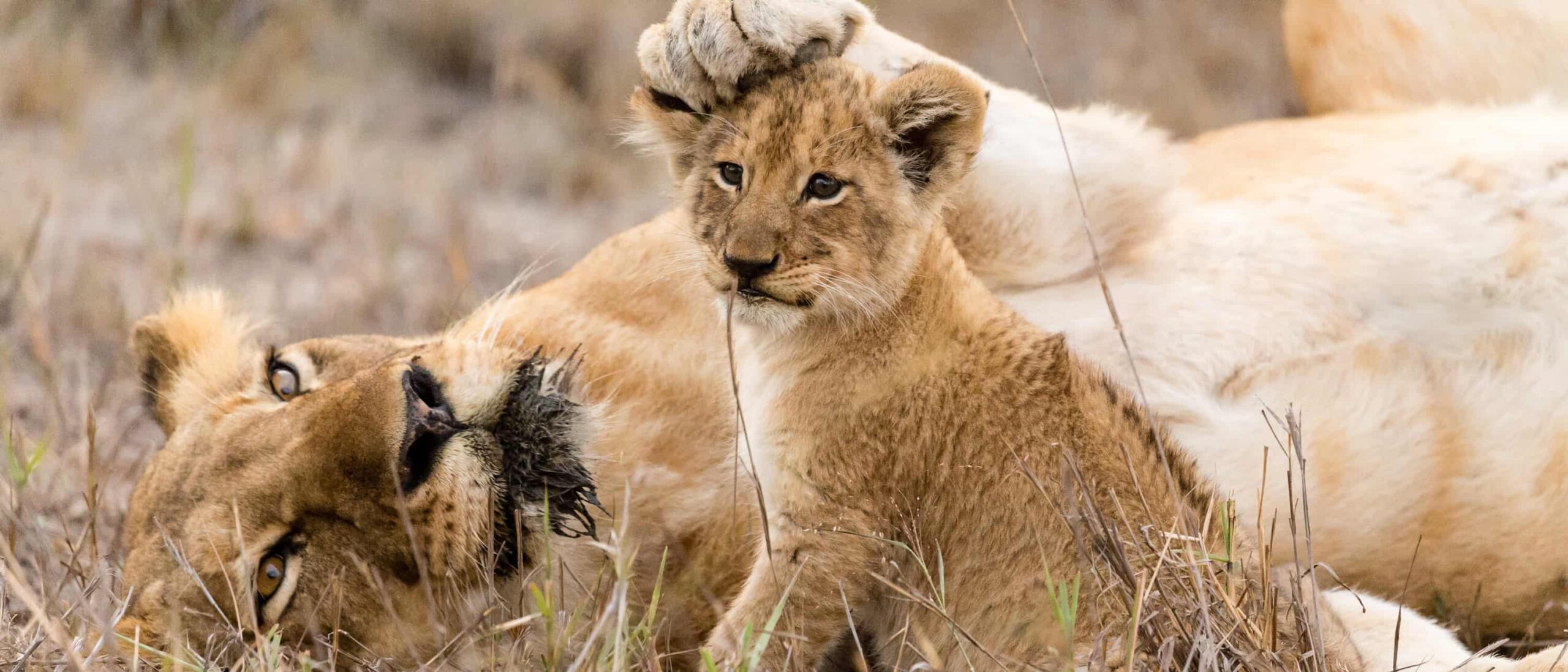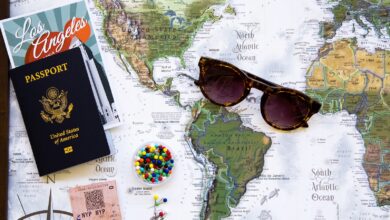
Imagine embarking on a thrilling journey through the enchanting landscapes of South Africa, discovering the mesmerizing beauty of its wildlife firsthand. Join Stylish.ae Ventures as they bring you an exhilarating adventure, immersing you in the heart of South African safaris. Prepare to witness the majesty of elephants, lions, and zebras in their natural habitat, and create memories that will last a lifetime. Get ready to be captivated by the awe-inspiring wonders of the African wilderness with Stylish.ae Ventures.
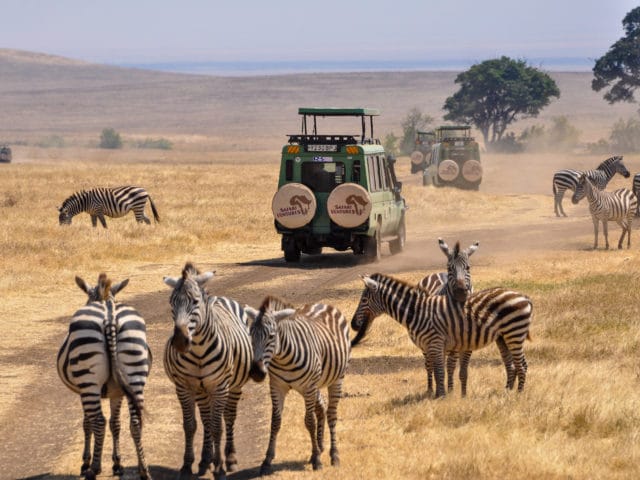
Overview of South African Safaris
South African safaris offer a unique and thrilling opportunity to encounter some of the world’s most incredible wildlife in their natural habitats. From the picturesque landscapes to the diverse range of animal species, a safari in South Africa is an unforgettable adventure that will leave you with memories to last a lifetime.
Different types of safaris
When it comes to South African safaris, there are several types to choose from, each offering a distinct experience. Game drives are the most common type of safari, where you explore the wilderness in open vehicles alongside experienced guides and trackers. Walking safaris provide a more up-close and personal encounter with nature, allowing you to appreciate the finer details of the bush. If you’re seeking a truly unique experience, you can even opt for a photography safari, where you’ll have the opportunity to capture stunning images of the wildlife.
Popular safari destinations in South Africa
South Africa is home to a wide range of safari destinations, each offering its own unique experience. Kruger National Park, one of the largest game reserves in Africa, is a popular choice due to its incredible biodiversity and excellent infrastructure. The Sabi Sands Game Reserve, located adjacent to Kruger, is renowned for its luxury lodges and the highest density of leopards in the world. The Eastern Cape is another popular destination, offering a malaria-free safari experience and the chance to see the Big Five.
Best time to go on a safari
The best time to go on a safari in South Africa largely depends on your preferences and the specific experiences you’re seeking. The dry winter months (May to September) are considered the best for game viewing, as the vegetation is less dense and animals tend to gather around water sources. However, these months can be quite cold, particularly during the early mornings and evenings. The summer months (October to April) bring lush green landscapes and newborn animals, but also more rain and higher temperatures. Ultimately, the best time for a safari is when it fits into your schedule and aligns with your desired experience.
Planning Your Safari
Planning a safari requires careful consideration to ensure a smooth and enjoyable experience. Here are a few key factors to keep in mind when planning your South African safari.
Choosing a reputable safari operator
To ensure a successful and responsible safari experience, it’s crucial to choose a reputable safari operator. Look for operators that are accredited, have experienced guides, and prioritize wildlife conservation. Reading reviews and seeking recommendations from fellow travelers can also help you make an informed decision.
Deciding on the duration of your safari
The duration of your safari will largely depend on your budget, time constraints, and personal preferences. While a shorter safari can still offer incredible wildlife sightings, a longer safari allows for a more immersive experience and increases your chances of witnessing rare sightings. Consider factors such as travel time, activities, and the number of game drives you’d like to include when deciding on the duration of your safari.
Packing essentials for a safari
Packing the right essentials is crucial for a comfortable and enjoyable safari experience. Sunscreen, insect repellent, a wide-brimmed hat, and sturdy walking shoes are must-haves. Binoculars and a good camera with a zoom lens are also essential for spotting and capturing wildlife moments. Don’t forget to pack lightweight and neutral-colored clothing to blend in with the natural surroundings.
Understanding the safari etiquette
Respecting the wildlife and their natural habitat is of utmost importance when embarking on a safari. Follow the instructions of your guides, observe wildlife from a safe distance, and never feed or touch any wild animals. It’s also essential to be mindful of other safari-goers by keeping noise to a minimum and refraining from disrupting the peace and tranquility of the environment.
Accommodation Options
Choosing the right accommodation for your South African safari is crucial to enhance your overall experience. Here are a few options to consider.
Luxury lodges and tented camps
For those seeking a truly immersive and luxurious experience, staying at a luxury lodge or tented camp is the way to go. These accommodations offer top-notch service, exquisite cuisine, and often breathtaking views of the surrounding landscapes. Many luxury lodges also provide exclusive access to private reserves, which means fewer crowds and more intimate game viewing experiences.
Budget-friendly accommodations
If you’re on a tighter budget, there are still plenty of options available for comfortable and affordable accommodations. Guesthouses, self-catering cottages, and backpacker hostels provide budget-friendly options without compromising on comfort. Some campsites also offer basic amenities and stunning locations, allowing you to connect with nature and enjoy the sounds of the wilderness.
Private reserves vs. national parks
When choosing your safari destination, you’ll come across both private reserves and national parks. Private reserves, such as Sabi Sands and Timbavati, offer exclusive experiences with fewer vehicles and a more intimate encounter with wildlife. They also have the advantage of off-road driving, allowing for closer sightings of the animals. National parks, such as Kruger National Park, provide a more budget-friendly option with larger areas to explore and a greater variety of accommodation choices.
Encountering the Big Five
The Big Five – lions, elephants, buffalos, leopards, and rhinos – are the most iconic and sought-after wildlife sightings in South African safaris. Let’s dive into what makes each of them so special.
Lions: The kings of the savannah
Lions are often considered the kings of the savannah. With their majestic manes and powerful roars, they are a symbol of strength and pride. Observing these magnificent creatures in their natural habitat is a truly awe-inspiring experience.
Elephants: Majestic giants
Elephants are the largest land animals and possess incredible intelligence and social behaviors. Watching them interact with their families and witnessing their gentle nature up close is a truly humbling experience.
Buffalos: Mighty herds
Buffalos are known for their impressive herds, often numbering in the thousands. These mighty creatures are highly adaptable and can be found in various habitats across South Africa. Observing their herd dynamics and strength in numbers is a thrilling sight.
Leopards: Elusive and graceful
Leopards are the masters of disguise, blending seamlessly with their surroundings and evoking a sense of mystery. These elusive and agile creatures are notoriously difficult to spot but are well worth the effort when you do encounter them.
Rhinos: Endangered beauties
Rhinos are an endangered species, making any sighting of them incredibly special. These magnificent creatures possess a prehistoric allure and play a crucial role in the ecosystem. Witnessing a rhino in the wild is a humbling reminder of the importance of conservation efforts.
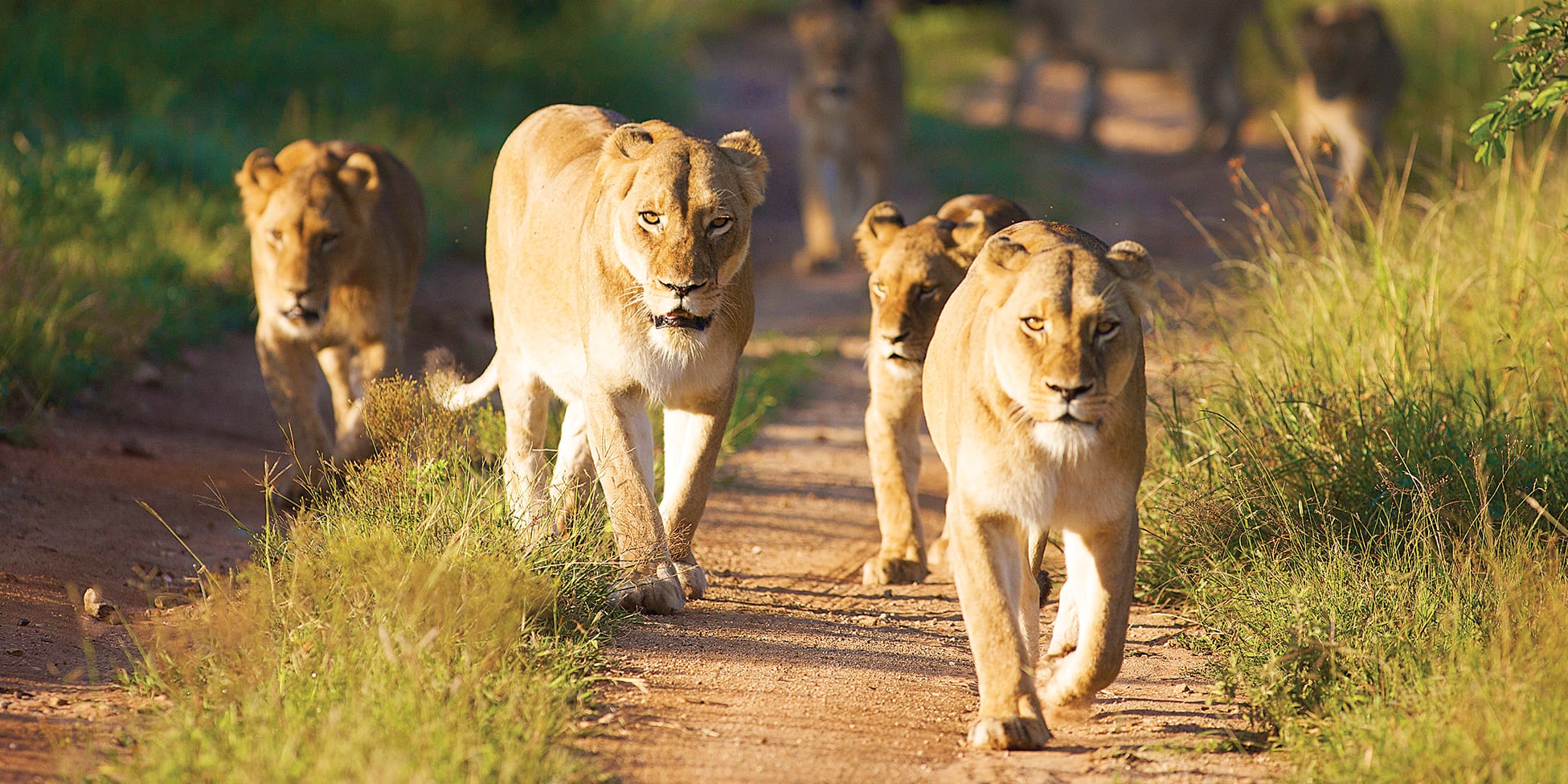
Other Wildlife to Look Out For
While the Big Five steal the spotlight, South Africa is also home to an abundance of other incredible wildlife. Here are a few notable species to keep an eye out for during your safari.
Giraffes: Tallest animals on Earth
Giraffes are the tallest animals on Earth, with their long necks and graceful movements. Spotting them as they roam the savannah is a sight to behold, and watching them bend down to drink water is a truly unique observation.
Zebras: Iconic black-and-white stripes
Zebras are instantly recognizable with their iconic black-and-white stripes. These social animals often form large herds and their unique patterns act as a natural camouflage, confusing predators.
Cheetahs: Speed and agility
Cheetahs are the fastest land animals, capable of reaching incredible speeds in pursuit of their prey. Their sleek bodies and incredible agility make them a sight to behold when spotted during a safari.
Hippos: Semi-aquatic giants
Hippos may look docile, but they are actually one of the most dangerous animals in Africa. These semi-aquatic giants spend most of their days submerged in rivers and lakes, and witnessing their mighty yawns and territorial displays is a thrilling experience.
Wild dogs: Highly social predators
Wild dogs, also known as painted dogs or African wild dogs, are highly social predators that live in close-knit packs. Their intricate hunting strategies and unique markings make them a must-see for wildlife enthusiasts.
Guided Game Drives and Walking Safaris
Embarking on guided game drives and walking safaris is a fantastic way to explore the wilderness and get up close and personal with the wildlife.
Exploring the wilderness in open game vehicles
Game drives are the most common way to explore the wilderness during a safari. Experienced guides and trackers will take you on thrilling drives, navigating through the bush in open vehicles to provide optimum visibility. These drives allow you to cover larger areas and increase your chances of spotting a variety of wildlife.
Getting up close and personal on foot
For a more intimate and immersive experience, walking safaris offer the opportunity to explore the bush on foot. Accompanied by experienced guides, you’ll learn to track animals, identify plants, and gain a deeper understanding of the ecosystem. Walking safaris provide a unique perspective and allow for a closer connection with nature.
Experienced guides and trackers
The success of a safari largely depends on the expertise of your guides and trackers. They possess a wealth of knowledge about the wildlife, ecosystems, and local culture. Their keen eyes and tracking skills greatly enhance your chances of spotting elusive animals and ensure a safe and enlightening experience. Don’t hesitate to ask questions and tap into their wealth of knowledge during your safari.
Birdwatching in South African Safaris
South Africa is a paradise for birdwatching enthusiasts, boasting a rich diversity of bird species. Here are a few highlights for birdwatchers to look forward to during their safari.
Diverse bird species in South Africa
South Africa is home to over 800 bird species, making it a dream destination for birdwatching. From vibrant-colored kingfishers to mighty eagles, the country offers a plethora of bird species to study and appreciate. Birdwatchers can expect to see a variety of waterbirds, raptors, and unique endemic species during their visit.
Best birdwatching spots
Kruger National Park is renowned for its excellent birdwatching opportunities, with prime locations such as Lake Panic and the Shingwedzi and Pafuri regions. The iSimangaliso Wetland Park, a UNESCO World Heritage Site, is another prime location for birdwatching, particularly along the St. Lucia estuary. The Western Cape’s Cape Point Nature Reserve and Kirstenbosch National Botanical Garden are also popular spots for bird enthusiasts.
Tips for birdwatching enthusiasts
When birdwatching in South Africa, it’s important to follow certain guidelines to ensure the well-being of the birds and their habitats. Keep noise to a minimum, dress in neutral colors to avoid startling the birds, and refrain from using flash photography. Binoculars and field guides are essential tools for identifying different bird species. Consider joining a guided birding tour to make the most of your birdwatching experience and learn from experienced local guides.
Photography Tips for Wildlife Enthusiasts
Capturing the beauty and essence of wildlife through photography is a rewarding and fulfilling experience. Here are some tips to help wildlife enthusiasts take stunning photographs during their South African safari.
Choosing the right equipment
Investing in good quality camera equipment is essential for capturing the best wildlife photographs. A DSLR or mirrorless camera with a telephoto lens is ideal for bringing distant animals closer. It’s also important to have a sturdy tripod to ensure stability and reduce camera shake. Remember to bring spare batteries and memory cards to avoid missing out on any photographic opportunities.
Mastering wildlife photography techniques
To capture stunning wildlife photographs, it’s important to master a few key techniques. Understanding and utilizing the rule of thirds can greatly enhance the composition of your images. Pay attention to lighting conditions and aim to shoot during the golden hours of early morning and late afternoon for the most flattering light. Patience and anticipation are crucial when waiting for the perfect moment to capture an animal in action.
Capturing unique and memorable wildlife moments
In addition to the technical aspects of photography, it’s important to strive for unique and memorable wildlife moments. Observe animal behavior and anticipate their movements to capture more candid shots. Focus on capturing the animals’ expressions, interactions, and unique characteristics to tell a story through your photographs. Don’t be afraid to experiment and try different angles and perspectives to add depth and creativity to your images.
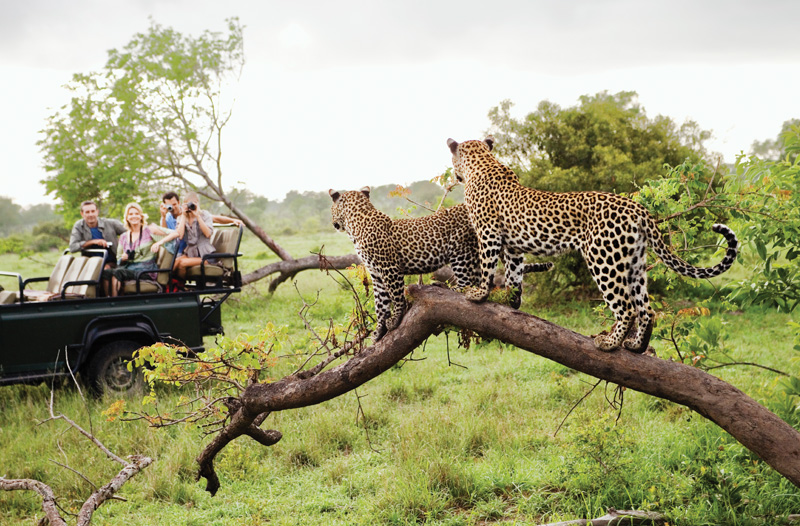
Conservation Efforts and Responsible Tourism
South African safaris provide an opportunity not only to witness the wonders of wildlife but also to contribute to conservation efforts and practice responsible tourism.
Supporting local conservation initiatives
Many safari operators and lodges actively engage in conservation initiatives to protect the wildlife and natural habitats of South Africa. By choosing to support these operators, you are directly contributing to conservation efforts. Additionally, consider visiting and supporting local conservation organizations and participating in volunteer programs that work towards preserving South Africa’s natural heritage.
Responsible wildlife viewing practices
Responsible wildlife viewing is crucial to ensure the well-being and preservation of the animals and their habitats. Follow the guidelines and instructions provided by your guides, keep a safe distance from the wildlife, and refrain from disturbing their natural behaviors. Avoid littering, respect the environment, and adhere to the rules and regulations set by the national parks and private reserves.
Preserving South Africa’s natural heritage
South Africa is blessed with extraordinary biodiversity, and preserving its natural heritage should be a shared responsibility. Keep in mind the principles of reduce, reuse, and recycle during your safari, minimizing plastic waste and leaving only footprints behind. Engage in eco-friendly activities and support local initiatives that aim to protect the environment and ensure the sustainability of South Africa’s natural resources.
Cultural Experiences and Local Communities
A visit to South Africa is not just about encountering wildlife; it’s also an opportunity to immerse yourself in the rich cultural heritage of the country. Here are a few ways to experience the vibrant cultures and traditions of South Africa.
Interacting with indigenous communities
South Africa is home to a diverse range of indigenous communities, each with its own unique cultures and traditions. Consider visiting local villages and engaging with the residents to gain insight into their way of life. Participate in cultural ceremonies, try traditional foods, and learn about the history and beliefs of these communities. It’s important to approach these interactions with respect and an open mind, always seeking permission and following local customs.
Learning about South African cultures and traditions
South Africa is known as the “Rainbow Nation” due to its diverse mix of cultures and ethnicities. Take the time to learn about the various cultural groups, such as the Zulu, Xhosa, and Sotho, through visits to cultural centers and museums. Attend traditional performances, witness traditional dances, and sample local cuisine to fully appreciate the richness of South African cultures and traditions.
Participating in community-based tourism initiatives
Community-based tourism initiatives provide a unique opportunity to support local communities and learn from their traditional knowledge. Look for initiatives that prioritize community empowerment and sustainable development. By participating in activities such as handicraft workshops, traditional storytelling, and homestays, you can directly contribute to the livelihoods of local communities while gaining a deeper understanding of their way of life.
In conclusion, embarking on a South African safari is a journey into the heart of nature and an opportunity to encounter the incredible wildlife that calls this country home. From the Big Five to the diverse array of bird species, South Africa offers an unrivaled safari experience that caters to all interests and budgets. By planning your safari carefully, respecting the wildlife and their habitats, supporting conservation efforts, and embracing the cultural heritage of the country, you can ensure a memorable and responsible adventure in South Africa’s wildlife paradise.
